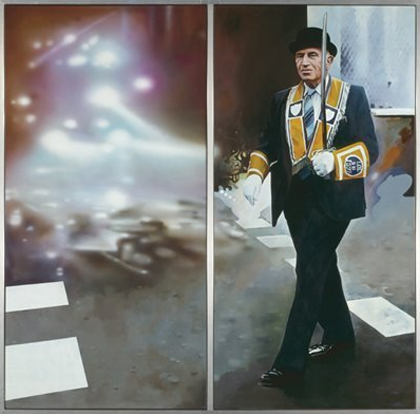Andrew Graham-Dixon looks at the failed attempt to create a brave new world order at the Venice Biennale
VARIOUS theories have been advanced to explain the sinking of Venice but the real culprit may be the Biennale. Since its inception in 1895 this event has ensured that for five days in June every second year the city must support the weight of the following: several thousand works of art; a vast and amorphous group of art dealers, curators, critics, collectors, socialites and sundry other kinds of hanger-on customarily referred to as the international art community; and (much the heaviest item) all the drink that the international art community consumes during what is by general consent a massive booze-up disguised as a visual arts festival.
The theme of the 45th Venice Biennale varied according to which of the many statements issued by its organiser-in-chief, Achille Bonito Oliva, you chose to believe. ''State of Emergency'' was one possibility, but the most likely candidate (on the basis that it appeared in more than one press release) was ''The Cardinal Points of Art'', one of those conveniently vague phrases beloved of continental exhibition organisers.
According to Oliva: ''The present historical moment is one of political fragmentation and social division bordering on tribal warfare. The offerings of culture must therefore adopt a broadly international character. Art's internationalism constitutes its moral nature.'' Following these worthy sentiments to their logical conclusion, the Biennale organisers had recommended that the major participating countries, each of which owns a pavilion in the Giardini, the public park where the event takes place, should give over part of their exhibiting space to an artist from a less privileged country.
The Giardini is an odd place, a microcosm of international power relations circa 1910; the British pavilion, flanked by West...

Sunk under the weight of culture
15-06-1993

